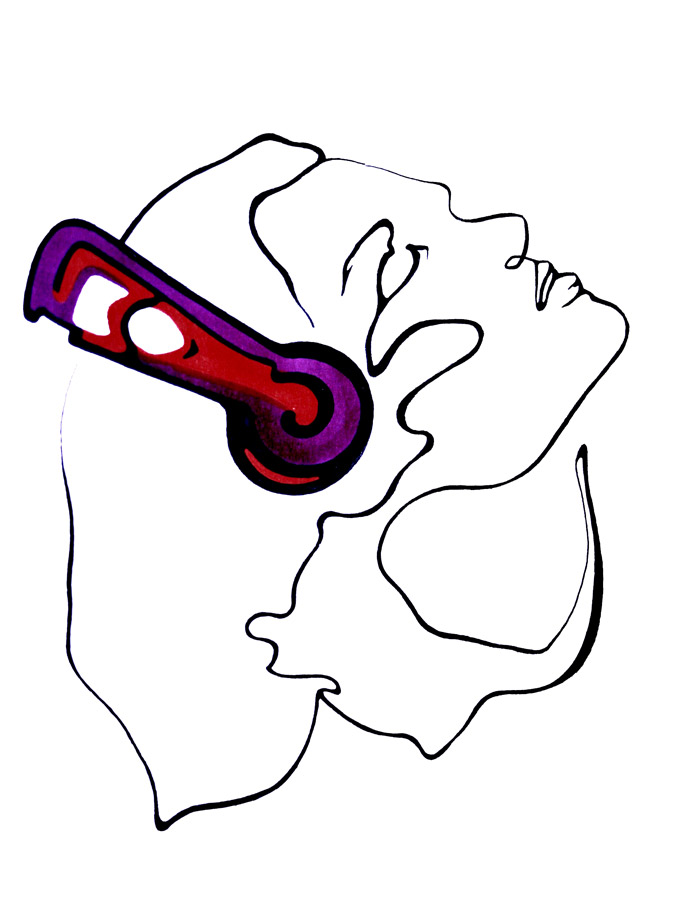In a recent study, Benjamin Morillon, a researcher at the Montreal Neurological Institute of McGill University and Sylcain Baillet, the head of the Lab at MNI that lead the study, took a look at the surprising relationship between the auditory system and the motor cortex of the brain. Both of these systems are just different ways to describe how the brain takes an input—like a compression of the eardrum from sound—and transfers it to the region of the brain where it can be deciphered and interpreted. Previous studies have shown that when the brain picks up on a sound and detects a rhythm, it’s physical pathways sync to that rhythm in order to process them.
Morillon and Baillet’s study aimed to disconnect an external rhythm from an internal representation, artificially separating noise stimuli outside the brain from the temporal rhythm inside the brain.
Baillet’s lab recruited participants and played two series of melodic beeps to carry out their study. The first beep-set was a melodic sequence of beeps that the participant had to keep track of, while the second placed extra beeps around the melodic target ones to act as distraction. The researchers observed participants’ abilities to judge whether the target melodies were higher or lower pitched than the reference beeps given beforehand. This test was performed two times, once as participants sat still, and the second with participants tapping their finger in a rhythmic fashion.
The lab then used a functional neuroimaging technique called magnetoencephalography, which measures magnetic fields created by naturally occurring electrical currents in the brain, to measure rhythmic neural activities in the participant’s brain.
“[Neuroimaging shows a] passive measurement of brain activity at the scalp level,” Morillon said. “Then, you have like 300 channels regarding electrodes [….] And then [you] try to guess where this activity comes from.”
Their results showed that simply activating the motor complex by tapping a finger sharpened the participants’ perceptions of sound and made it easier for them to correctly identify whether the target melodies veered above or below the reference beeps.
When the motor cortex triggers motion in a rhythmic fashion, the auditory cortex can better predict when a sound will occur, and hence listen more carefully for it.
When the auditory input is simple, enacting the motor system doesn’t make a difference. It only gets activated when stimuli become more complex and varied.
Morillon noted that at cocktail hour, for example, when a noisy atmosphere makes concentrating on a single conversation challenging, head nodding or foot tapping has been shown to increase attention to the conversation.
Another interesting time this connection can be observed is in a nightclub. When listening to music, the brain wants to focus on the sound input that it is receiving and decipher it.
When a song is in ‘the sweet spot’ and has a rhythm not too complex, nor too basic, the temporal lobe—the region of the brain used to decypher sound—figures out what it is hearing with help from the motor system.
“The music is grooving when the rhythm is a bit complex but you can still capture it,” Morillon said.
A more practical application of how this research will help people is in language rehabilitation, where the ability to focus on what is being said is crucial to the understanding.
A similar physical-auditory relationship does not occur with other senses, because other senses automatically use the motor system. For instance, when a person looks at something their eyes physically move to view it, when they touch something they move to touch it. When something is heard, it can be hard to control what specifically to pick up on.
In his next study, Morillon hopes to perform similar tests, using actual speech as opposed to beeps in order to gain a better understanding of how this relationship between sound and body occurs naturally in the environment around it.









